Onza Releases Updated Canis XC Tire
The Swiss tire brand, Onza, might be best remembered for the white rubber and round knobs found on their Porcupine tire from the late 80s. Although the Porcupine model still exists, the most recent tire to see an update in Onza’s lineup is the Canis. The cross-country and marathon tire gains volume and a new tread pattern with the intent of increasing traction while maintaining a low rolling resistance.
Onza Canis Details
• Sizes: 29 x 2.3"
• Larger volume
• Colors: black or skinwall
• 45/60a dual compound
• MSRP: $69.90 - 74.90 USD / €64.90 - 69.90 EUR
• onza-tires.com/
• Sizes: 29 x 2.3"
• Larger volume
• Colors: black or skinwall
• 45/60a dual compound
• MSRP: $69.90 - 74.90 USD / €64.90 - 69.90 EUR
• onza-tires.com/
The old 2.25" Canis on the left had a large gap in the tread blocks. The changes to the right include a revised tread pattern and increased width to 2.3".
Onza's XCC casing consists of a single layer 60TPI (threads per inch) construction and a folding kevlar bead with a strip of extra rubber to ease inflation.
In terms of the size, the Canis is only available in a 29” diameter and the jump from a 2.25” width to 2.3" isn’t a massive change. Onza’s XCC construction features a foldable kevlar bead and single-ply 60 TPI casing that overlaps in the center. There’s also an extra rubber coating at the bead, called “TLR”, to help seat the tire with a tubeless setup.
Even placement of the blocks on the tread should provide a consistent feel while transitioning to the shoulder knobs. Those along the edge of the tire see additional support from a dual compound rubber to maintain traction without folding. All of the center knobs are now ramped at the front to roll quickly, square at the back to endure hard braking, and uniform in shape.
Onza uses their “Medium” dual-rubber compound for the Canis, made up of a 60a durometer central tread with a softer 45a durometer throughout the side knobs. On the sidewall, Onza uses the number “60” to denote the compound, which doesn’t make the rubber formula straightforward to understand.
The Canis is available now - just not in a polarizing white rubber tread. There are two sidewall color options though; a traditional black, or a light colored, “skinwall” finish. There is a difference in weight and price between the two colors. The black sidewall weighs 800 grams and costs $69.90 USD / 64.90€, while the skinwall version is $74.90 USD / 69.90€ and weighs 780 grams.
Author Info:
Must Read This Week
Sign Up for the Pinkbike Newsletter - All the Biggest, Most Interesting Stories in your Inbox
PB Newsletter Signup
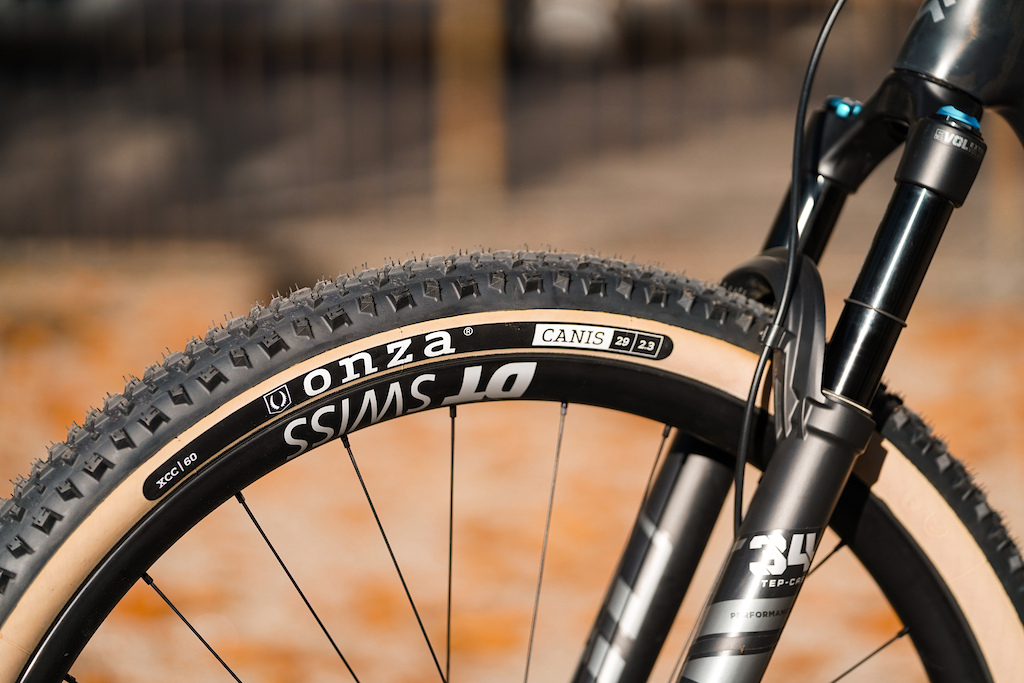
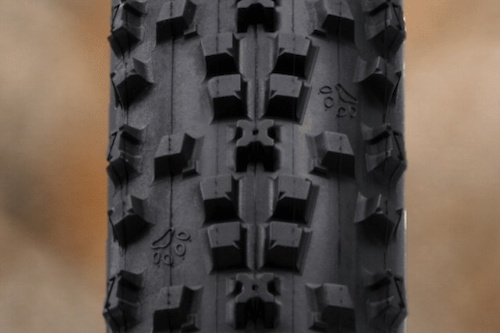
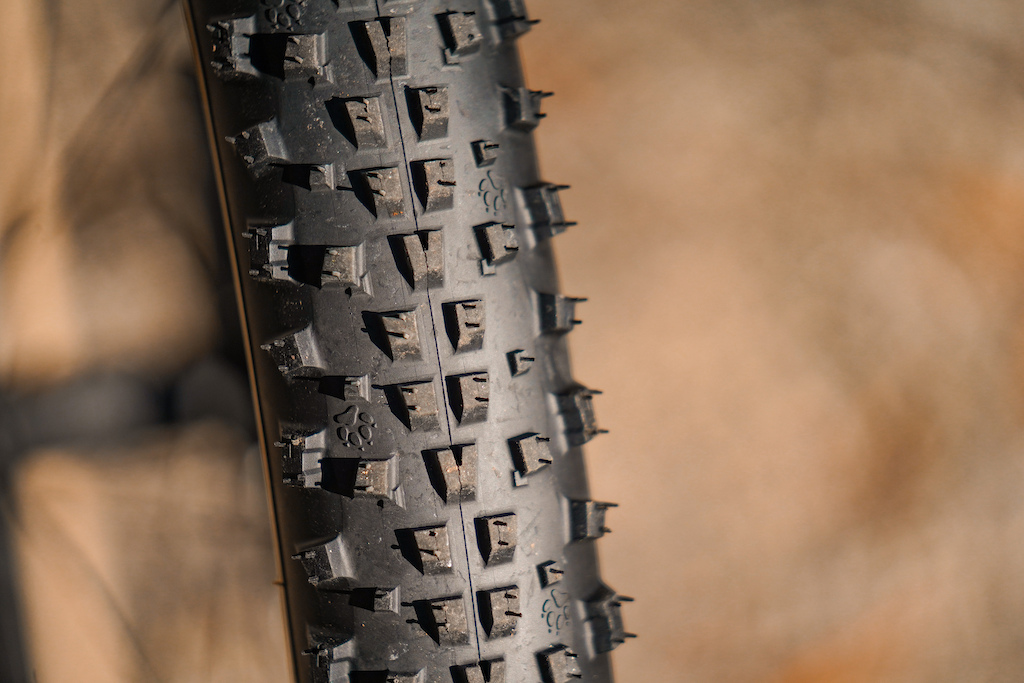
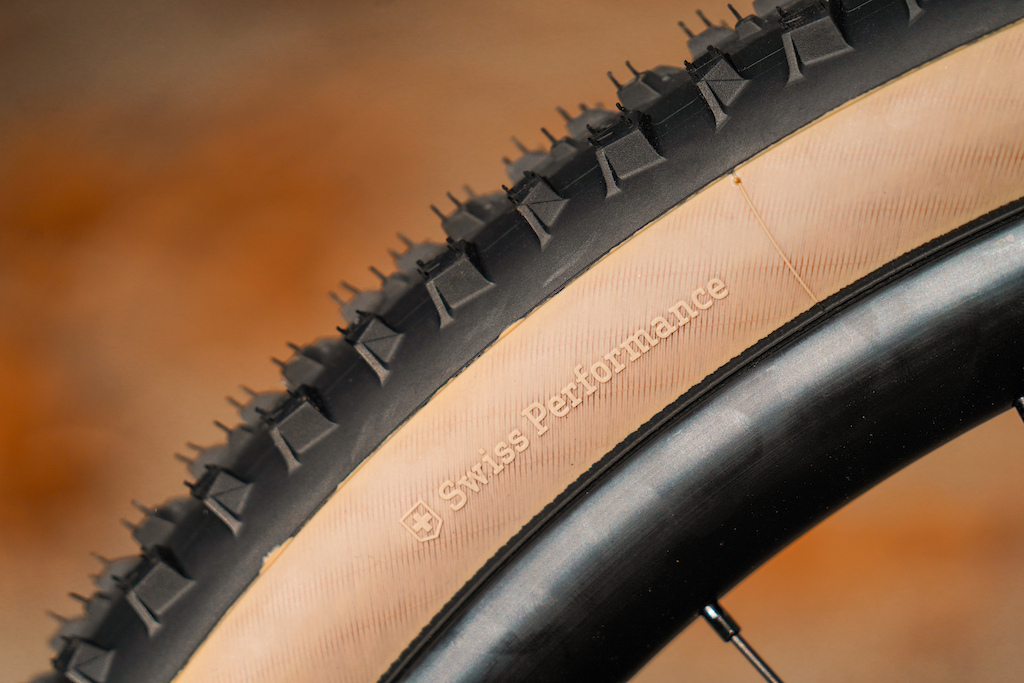
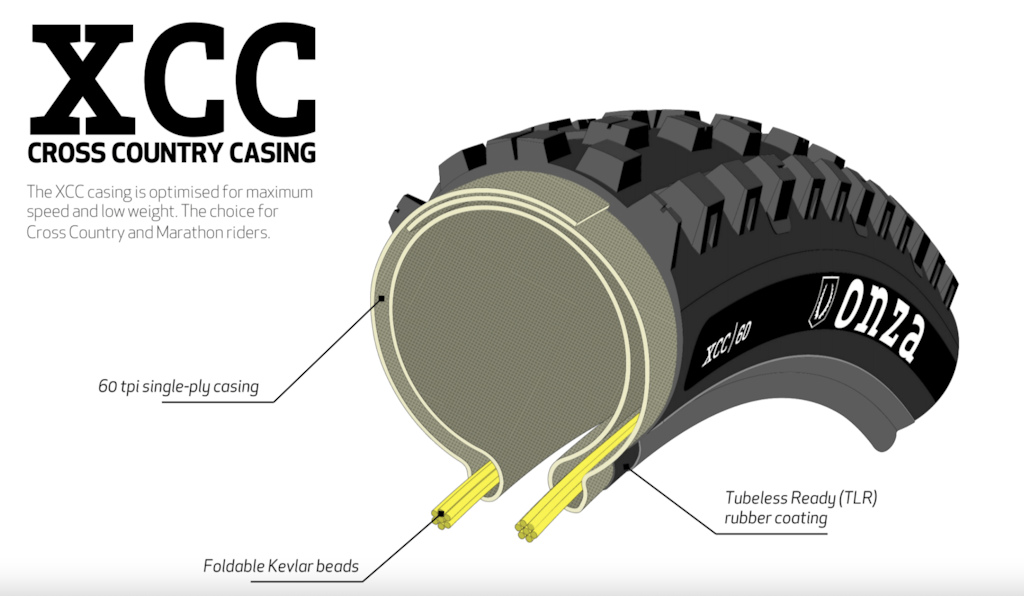
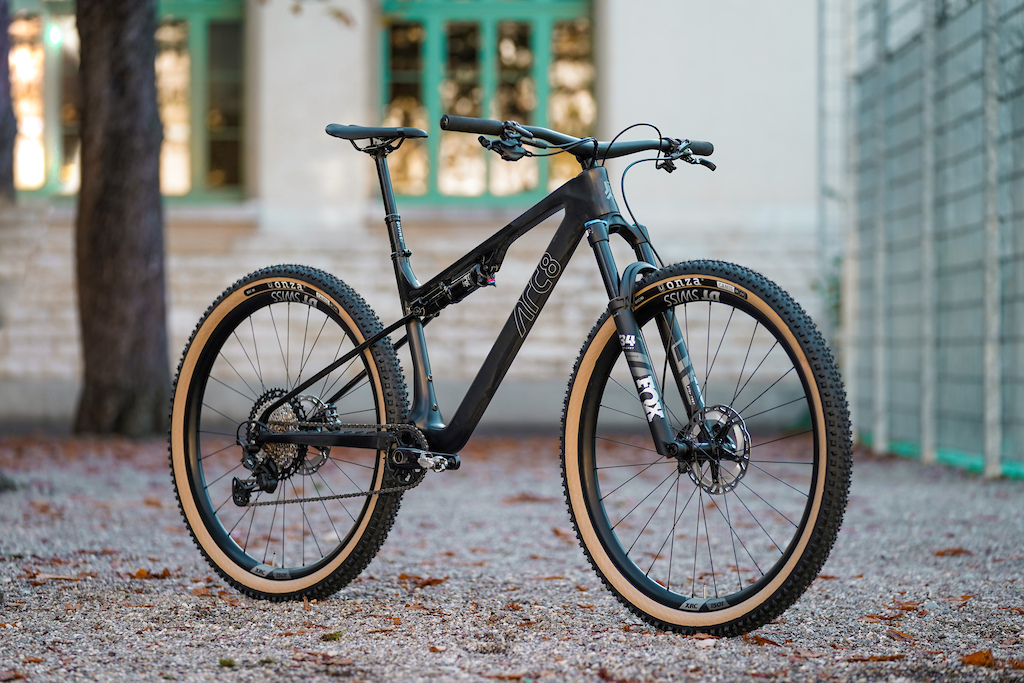

 Member since Mar 16, 2001
Member since Mar 16, 2001
I guess the marketing teams have to write something...
Well said! Lol
BMC TF01 from 2011 as an example
Would make for a nice "burning questions" article. Why are we seeing larger diameter stanchions for forks even though their application doesn't quite change?
In many cases, a larger diameter tube with a thinner wall will end up lighter than a smaller diameter/thicker wall combo at equal bending stiffness.
A larger stanchion will also better distribute forces across the bushings in the lowers, reducing the likelihood of stiction issues.
The biggest factor though is likely the slackening of head angles. The fork on a modern bike is now sitting more parallel with the ground than in years past, increasing the amount of bending the fork is seeing versus an otherwise equivalent steeper HTA bike, demanding greater strength in bending to achieve similar deflections versus past bikes.
IMO, a frame with modern kinematics and geometry would still ride great with 15 year old parts...
we are seeing larger diameter fork stanchions to sell you something new with slightly more stiffness
p.vitalmtb.com/photos/users/44569/photos/133106/s1600_IMG_3544.jpg?VersionId=lfhgR45MfmS2sdqErjDcZBp9A_p6w9MQ
@mtallman2, @babathehutt : Yeah I understand the larger diameter tubes will have better bending stiffness (hence as a pair of of tubes also help with torsional stiffness of the fork). Whether that's required is up for debate though. I recall reading an article in Dirt magazine back in the days where they were following the Syndicate team who were testing the (at the time) new Blackbox forks. Blackbox implies that it is a prototype that may or may not be brought to production though of course I'd argue that the investment in the molds for new lowers may be higher than the investment for the molds for a carbon front triangle (which people here typically see as a sign that something is close to production). Anyway, one of the concerns was that the forks would be too stiff and would track worse. If that's the concern of a couple of big and hard riding racers (and a rat) running 200mm travel forks, it would be a concern for shorter travel forks for less hard riding people too. As for friction on the bushings, yes I do get that the deformation of the tubes will cause some extra friction with the bushings. Yet at the same time, it strikes me how it seems like bushing distance is getting shorter. I'm no mechanic and haven't looked into every single fork out lhere, but on my forks (Magura TS8, for up to 150mm travel) the lowers extend below the axle to accommodate for the stanchions when the fork bottoms out. So when the fork is fully extended, there is a good bit of stanchion inside the lowers, so there is a fair distance between the bushings. The lower bushing being to where the stanchion goes with the fork extended. Except for DH forks and very long travel single crown forks like the RS Zeb, it appears that there is only room for stanchions above the axle. And on some Fox XC forks, they have the step cast lowers allowing for even less room for the stanchions. Which implies that when the fork is extended, there will be less stanchion inside the lowers, hence the lower bushing will be higher and the bushing distance will be less. Maybe not always in absolute sense (as many of these modern forks have longer lowers to accommodate for bigger front wheels) but definitely in relative sense. Which, when talking about leverage and bending, is what's relevant. Either way, when the reduced (relative) bushing distance does increase the load on the bushings, this in will increase friction and wear. So yeah, with the new forks they solve things one way by making the tubes stiffer yet make it worse by making the bushing distance shorter. If they really were unhappy about the smoothness of existing forks, they might have increased the stanchion diameter but would also have maintained the bushing distance in relation to the fork length. Not sure about the effect of the head tube angle. I'd say that unless you're doing a huck to flat, the hit (that causes the fork to compress) is the resultant of forces that come from below and from the front. I'm sometimes getting the impression that people judge the fork by the PB huck to flat videos. But these are mainly made to show how the rear suspension moves through the travel. If they really want to show how the fork performs on the trail, they'd better hit a square edge at moderate speed. So install the tire insert, inflate the tire to 3bar and hit a curb between 150 and 200mm tall. I wouldn't be surprised if the forks have an easier job on the slacker bikes than on the steeper ones. Either way, my fork has 32mm stanchions, my bike has a 63mm head tube angle. Works perfectly fine.
@Glory831Guy: Yeah sorry, I was actually referring to the generation of Boxxer forks before that one. Apparently that's over fifteen years ago now. Was still 200mm. And Sam Hill was definitely pushing them hard and Rampage hucks weren't small either back then.
TL;DR: Yeah, you'd say I'm caring too much judging by how long this comment became. I don't, actually. I just kept typing. I'll stop now.
The old ralphs used to be like 530g for 2.25, super soft, lasted ages, no issues with punctures. New ralphs are nearly 700 + as well.
Once I started buying my own tires I stopped having that problem.
1/10